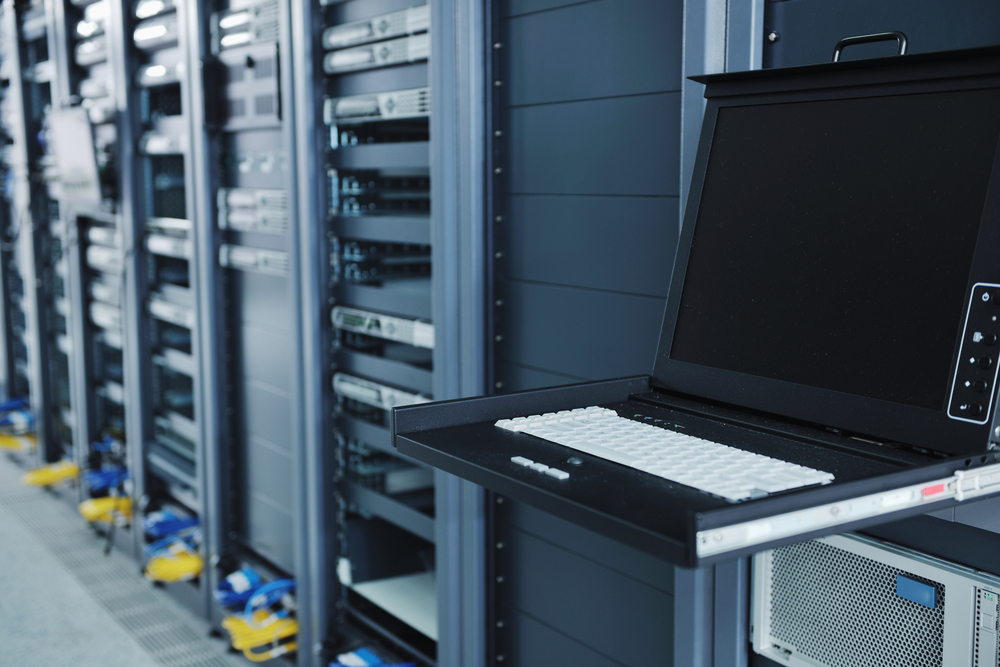Last week we showcased one of our runner up essays for our Supply Chain Scholarship, in which they described the place of predictive analytics in improving efficiency in the supply chain. This week, we'll be showcasing the essay of another runner up, Domineeq Monroe, as she describes how digital technology (cloud services, artificial intelligence, etc.) will be the next step in improving the supply chain.
The Extensiv Supply Chain Scholarship was created to not only inspire fresh and new ideas within the industry, but to find talent as well. In conversations with our warehouse management system (WMS) customers, they shared the difficulty in seeking suitable employees with talented minds. These minds would inspire, create, and lead the future for the supply chain industry. To help the development of our industry, Extensiv created the Supply Chain Scholarship. Our hope is that through the scholarship, we can benefit our industry by finding and aiding like minded-individuals that will lead the future for supply chain and warehousing technology.
Without further ado, here is another future visionary in logistics, Domineeq Monroe, and her essay on digital technology and the future that it will play in our industry.
The next big advancement in supply chain management rests within the realm of digital technology. Facets like cloud computing, big data, artificial intelligence, end-to-end digital connectivity, the internet of things (IoT), machine learning, virtual reality, augmented reality, predictive analytics, robotics, drones, cyber security, wearable devices, et al, are part and parcel of the new way to supply chain manage. To portend the future supply chains, it is necessary to understand their existing state and then make a calculated estimate. The one fact that emerges crystal clear is that the future supply chain is expected to be a ‘don’t touch’ model. Thus, all the component elements of the supply chain will be entirely devoid of any touching of data, paper, goods, materials, and will not include handling them in any which way. This line of thinking is in synchronization with the lean approach that underlines the ethos of eliminating waste. Any handling or the movement of materials and elements will be cross-analyzed to find a way to do so without physical touch. Nuances like full case fulfillment, replenishment, and drop shipping will be the modicum of the hour. A similar principle will be applied to the data mechanics. At present, it is worth thinking how many times the same data is entered at various nodes within the supply chain. This happens between all the logistic carriers, suppliers, and clients. Likewise, the same occurs with purchase orders, labels, bills of loading, inventory statistics, materialistic details, forecast data, price and cost-related information, et al. Such information is fed into the system processes time and again at every junction in the supply chain. A portion of it is handled in automation. However, a large component is fed manually into the information technology systems. Thus, the big advancement that the supply chain analysts should work at is to ensure that this data entry is done only once into the system and never again. The ‘don’t touch’ rule should be applied in this context as well.
Intellectual automation is also an ethos that the developers of the supply chain management systems should work at. Automatic sorting and conveyance, drones, robots, et al are the essential components of such a system. The key enabling nuances of such technologies are voice-activated technology, predictive analytics, and artificial intelligence. Intellectual automation, in short, stands for automating the essential supply functions. Thus, automation of activities like product data management, invoice management functions, purchase orders, the production and completion of the forms, creation and updating of the reports and spreadsheets, data entry and gathering, et al is on the cards. It is also understood categorically that any information required by any faction of the supply chain system should be made available to it. A request for any charts, graphs, reports, or an analysis should be made of an artificially intelligent system that can process it quickly and without any delay. It is logically possible to think of a supply chain in the future that will have a stance of connectivity that is unparalleled as on date. One is connected via the smartphone to all the nodes in the supply chain. Any element can be sensed, tracked, linked up with, and informed. Advancement in this stride is expected to be worked out to smoothen out the rough edges that exist today.
Each and every node in the supply chain including the manufacturing hub, warehousing nuances, and distribution point paraphernalia of the firm or of the suppliers will be incorporated in the system details. This data entry will also include the logistics carriers and the clients. In addition, it will also have the various information on the piece parts, the raw fabrics, the work in progress details, data on the finished goods segment, and that on the possible returns, too. Each and every nuance will be connected electronically. A holistic picture of all the possible components of the system at every important juncture will be available at the press of a button to all those security and guarding factions for whom the given information availability is essential to carry out their respective functions effectively. These days, it is typical to have a maximum of these functions done internally. The inventory management functions, procurement, planning, et al are carried out within the company annals. In the future, such work is slated to be outsourced to those that are experts in these ramparts. The supply chain system within the given company, as such, is going to be a smaller unit with more skill and professionals that are holistically tuned into their functions. Within the company the management of the supply chain will be totally digitized. As a result, the final product will be much quicker, flexible, and with very efficient leveraging. Control towers will come into the arena and the governors of the supply chain will be able to monitor the entire process from one command center that is digitally operated. In effect, the promulgators will be able to access all the information from wherever they are located via the smart-phones that are directly in contact with the control towers. The one factor that emerges clearly is that updating the skill level of the important nodal personnel in the digital command center and the control towers is more than necessary. The personnel deputed for the data entry and other such jobs these days will see a total changeover. They will head into more decision-making roles. Intelligent data processing being the end result, all those that are working towards it need to be fine-tuned to the newer methodologies. This, more than any other nuance is the clarion call of the ongoing hour (“Imagining the supply-chain of the future!” 2021).
References
Imagining the supply chain of the future! (2021).

-
You’ll read about:
Be the first to know
Subscribe to our newsletter





